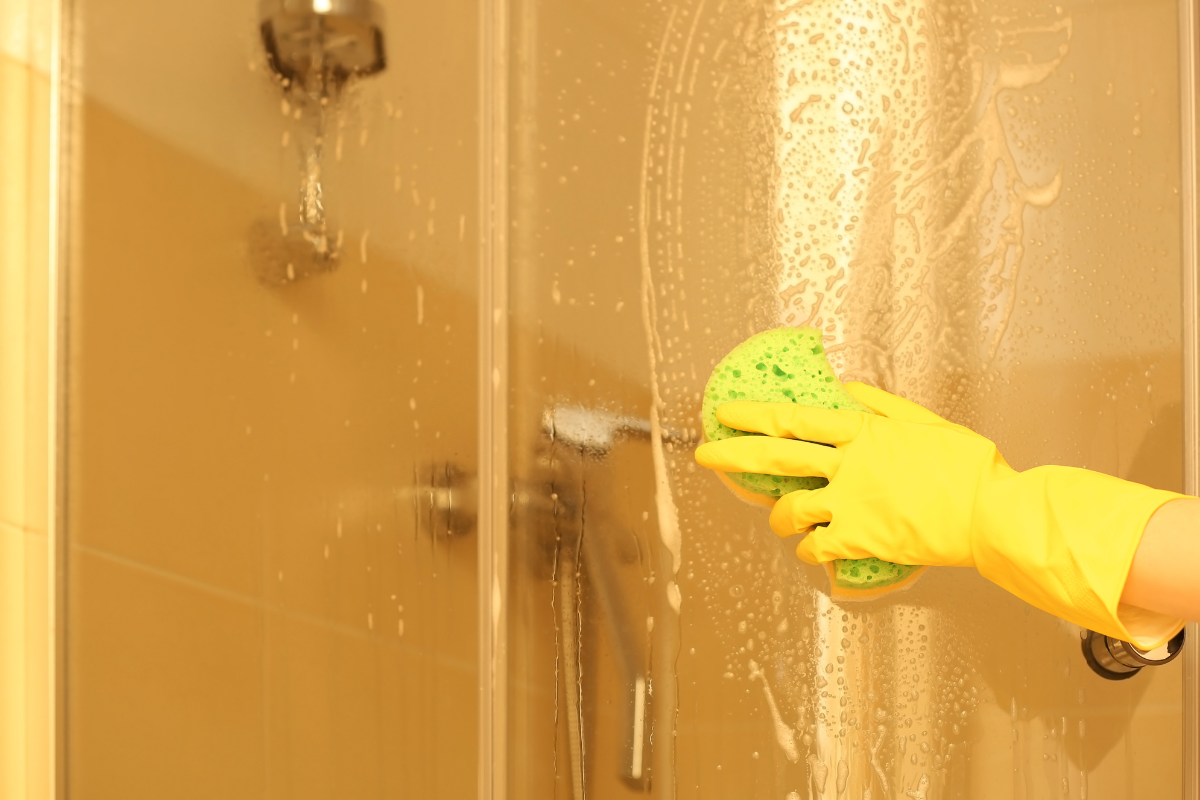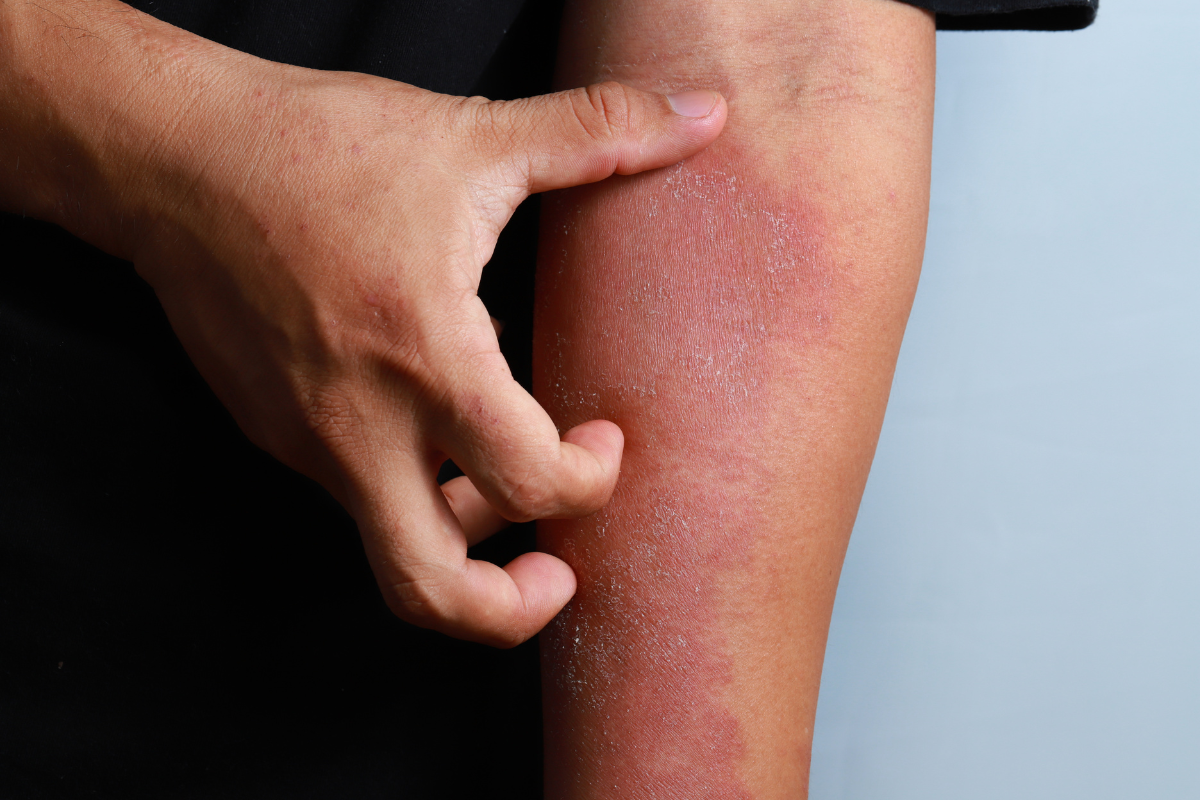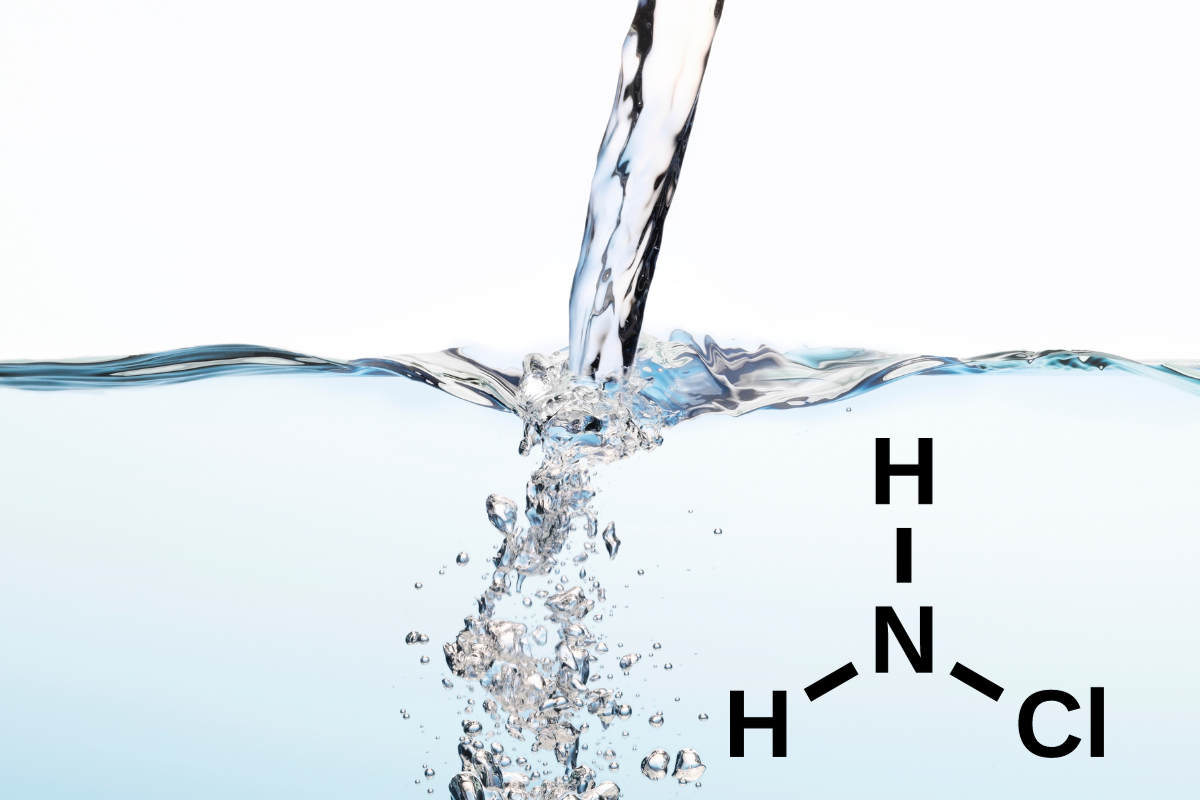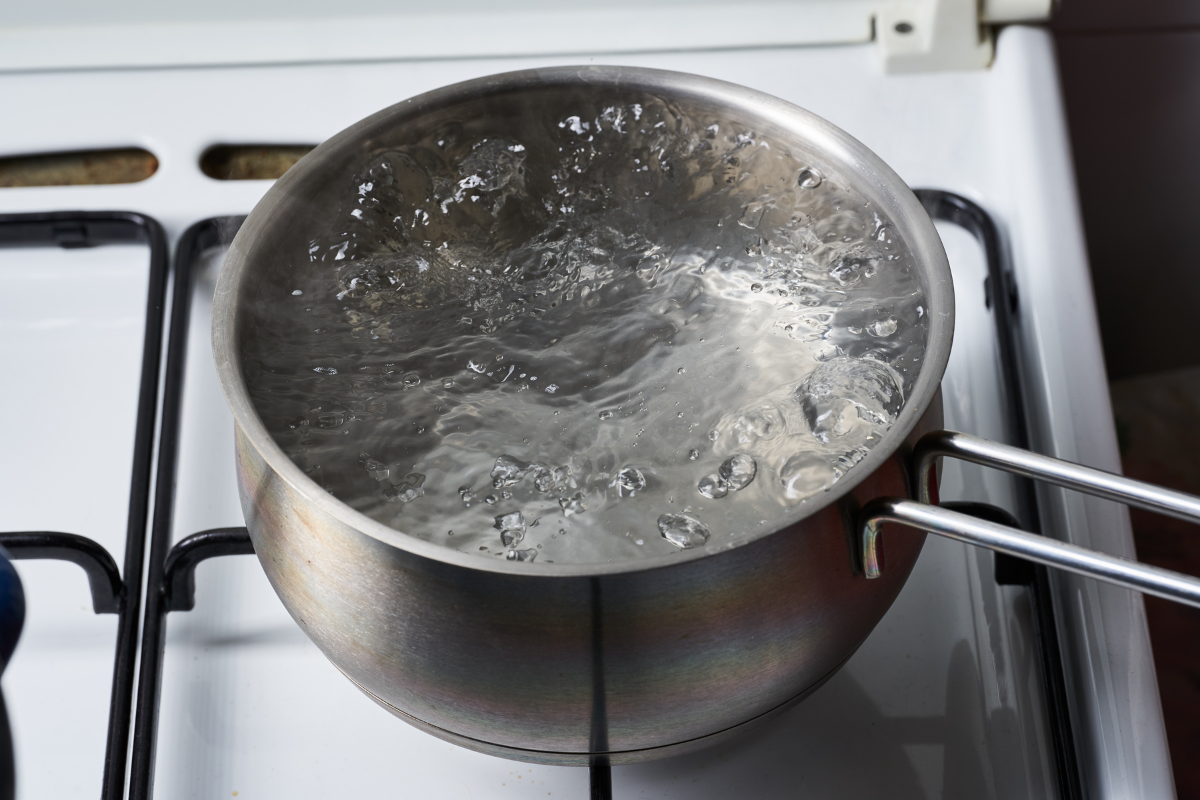What is Reverse Osmosis Water?
What is Reverse Osmosis Water?
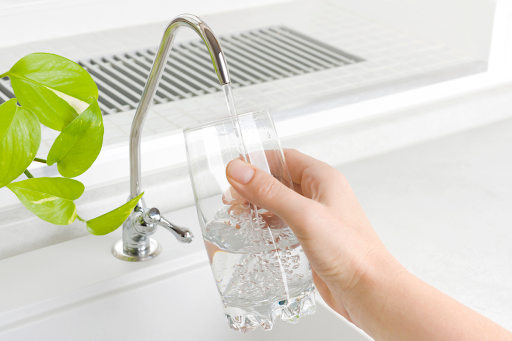
You may hear a lot about reverse osmosis when it comes to home water filtration systems. This happens to be a very effective means of removing common water contaminants in a relatively simple manner. Read our article to learn more about reverse osmosis water and how it works to purify your drinking water.
What is Osmosis?
In biology and chemistry, a solvent is a liquid that dissolves particles. These particles are called the solute. For example, when you make salt water, the water is the solvent and the sodium and chloride ions are the solute.
On a cellular level, the solvent in osmosis is also water. Osmosis occurs when water moves from an area of low solute concentration across a semipermeable barrier (the cell membrane) to an area of high solute concentration. This, effectively, stabilizes the solute concentrations across the membrane. (The cell wall is called “semi permeable” because it does not allow all particles to cross. In the case of osmosis, water molecules may pass but solute particles may not.)
Reverse osmosis, then, accomplishes the exact opposite. The water will move across a semipermeable barrier from an area of high solute concentration to an area of low solute concentration.
Contact Us
We will get back to you as soon as possible.
Please try again later.
Why is Reverse Osmosis Useful for Water Filtration?
As we mentioned above, reverse osmosis involves water moving across a semipermeable barrier from an area of high solute concentration to an area of low solute concentration. If we apply this to water filtration, the “solutes” may be thought of as contaminants. Allowing water to move through the barrier but not the contaminants results in fresher, purer water.
How Does Reverse Osmosis Filtration Work?
Reverse osmosis water is accomplished, primarily, by forcing water through a semipermeable barrier known as the reverse osmosis membrane. Prior to this, however, sediment and chlorine ions may be removed via a prefilter. An end filter will also further purify the water by removing any dissolved particles that made their way through the RO membrane.
Steps of Reverse Osmosis Water Filtration
Water reverse osmosis occurs in several stages:
List of Services
-
Prefiltration:Item Link List Item 1
Before the water passes through the RO membrane, it will typically pass through one or more prefilters. These may include a carbon filter to remove particles that cause unpleasant tastes and smells (like chlorine), and a sediment filter to remove particles that could clog the membrane.
-
Reverse osmosis:Item Link List Item 2
Next, the water undergoes reverse osmosis when it is forced through the RO membrane. Undesirable chemicals and minerals will be removed at this stage.
-
Storage:Item Link List Item 3
Once the water has undergone reverse osmosis, it is transferred to a storage tank until needed. The system will shut off automatically when the tank is full, then restart itself when levels begin to fall.
-
Post Filtration:Item Link List Item 4
Finally, when the water is needed (i.e. you turn on your faucet), it may pass through a postfilter to remove any remaining particles or contaminants.
What is Removed by Reverse Osmosis?
- Forever Chemicals such as PFO/PFAs
- Calcium
- Magnesium
- Arsenic
- Sodium
- Iron
- Mercury
- Nitrates
- Phosphates
- Lead
Reverse Osmosis Home Filtration in Colorado
Reverse osmosis is one of the most efficient and cost effective ways to purify your home’s drinking water. If you have questions about your current system or are interested in installing a new filtration system, contact Paul with the Water Pros. Paul is passionate about clean water and is more than happy to educate his clients on the best ways to accomplish this. Call or go online today to get started.






